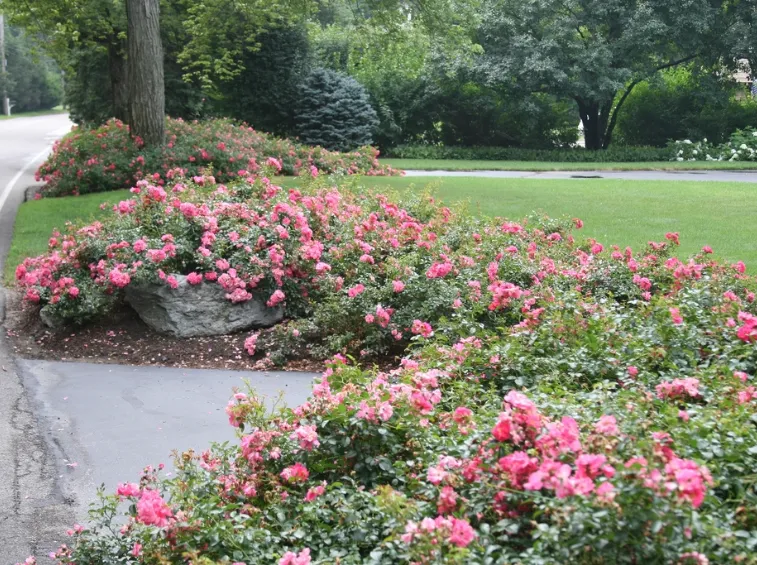Caring for ground cover roses
Care for ground cover roses
Ground cover roses are very beautiful and hardy species. With a dense and low growth, these roses allow to delimit and decorate different surfaces: from private ones, to the central dividers of public areas. Due to their shape and rate of growth, ground cover roses are also used to create hedges and borders. Their main feature, in fact, &is; precisely that of wallpapering the surface on which they are placed. With the ground cover roses you will have&bitter then a magnificent “ flowery carpet&rdquo ;. To get the most out of these roses you need to però know how to cure them.
Land and exposure
Ground cover roses have no particular soil and exposure requirements. In the case of hard soils, it is advisable to add peat and manure, in the case of soft and sandy soils it is advisable to mix some rock dust and some po’ of humus. Ground cover roses like sunny locations, but not too hot. These varietiesà they are also resistant to cold temperatures, but they risk being damaged in case of strong wind. Before planting, the soil must be worked and well digged. The soil must in fact be hoed by digging holes of at least half a meter. These holes must be fertilized with manure. At the end, the roses are planted and more fertilizer and soil are added to level. L’ operation ends with l’ watering. Ground cover roses are usually grown in the open ground, but they can also be grown in pots. The planting in pots is done as soon as the roots of the roses begin to expand too much. The pot must be prepared with an expanded clay base to facilitate water drainage.
Irrigation and fertilizer
Ground cover roses should never be watered on flowers and leaves, becauseé this could cause the development of fungal diseases. L’ water si dà to the ground, so as to be absorbed by the roots. It is advisable not to exceed with watering becauseé there is a risk of developing dangerous fungal diseases. Ground cover roses grown in open ground do not have excessive water requirements. It is recommended to water only when the soil appears completely dry. The best time to proceed &is; early in the day or late in the evening. Ground cover roses fertilize twice l’ year: in spring and summer.
Pruning and reproduction
Young ground cover roses should not be pruned: it is enough to trim the apical buds to favor a more ugrave flowering; sharp pain. Adult roses, on the other hand, should be pruned by removing only the old or damaged branches. The propagation of ground cover roses is carried out exclusively by cuttings.



